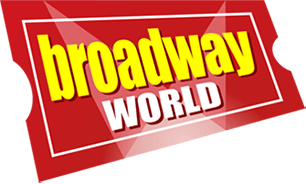Review: A WRINKLE IN TIME at Arena Stage
While the musical staging of 'A Wrinkle in Time' has its flaws, there’s a lot of promise in this initial staging.
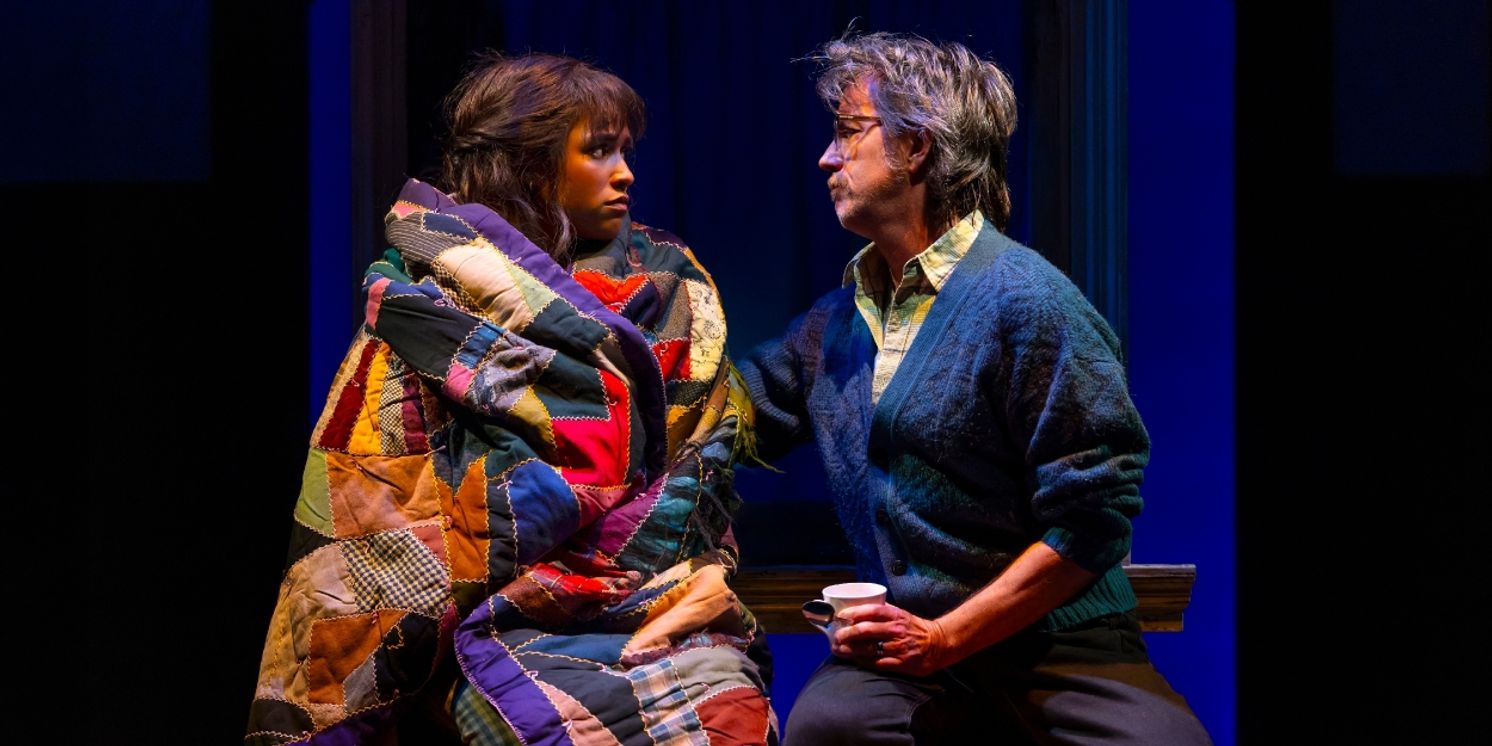
Madeline L’Engle’s beloved novel, A Wrinkle in Time, has captured readers’ imaginations since its publication in 1962. The story follows Meg Murray, an awkward teenager struggling to find her place, Charles Wallace, her incredibly bright and astute younger brother, and Calvin O’Keefe, the popular new boy who befriends them. When Meg and Charles Wallace’s father, a physicist, disappears while researching ways to travel through time and space, the children are visited by three celestial beings – Mrs. Whatsit, Mrs. Who, and Mrs. Which – who task them with traveling across the universe to rescue Dr. Murray from the darkness that threatens them all.
L’Engle’s tale of unlikely heroes in the face of evil and the value of embracing our faults rather than trying to attain a sort of sanitized perfection has resonated with audiences for generations, so it’s only fitting to see the story take on life in new mediums over the years. Arena Stage’s hosts the world premiere of the musical adaptation of Meg’s journey, a new way to engage with the beloved story, and to introduce it to new audiences and the next generation.
As Arena’s Dramaturg and Literary Manager, Otis Ramsey-Zöe, notes, one of the reasons A Wrinkle in Time is so enduring is its central idea that heroism doesn’t come from a perfect, authoritative figure – it came come from someone ordinary, young, and flawed. Readers relate to Meg because she’s imperfect, and that’s what makes her such a compelling heroine. Likewise, Meg isn’t just learning to be brave for herself, or even for her brother, but also for their father – there isn’t an adult (or supernatural adult) coming to save them or lead the way, and it’s only Meg, with her rough edges and fierce love, who has the ability and the will to push through the darkness.
Adapting such a beloved work also takes a kind of bravery, but much like Meg’s, it also requires a fierce and devoted determination. The message that the ordinary, the flawed, the powerless not only have the ability to become extraordinary but are the ones who must feels particularly resonant today. But the timeliness is a double-edged sword, as sometimes it can feel too pointed or opportunistic to draw parallels.
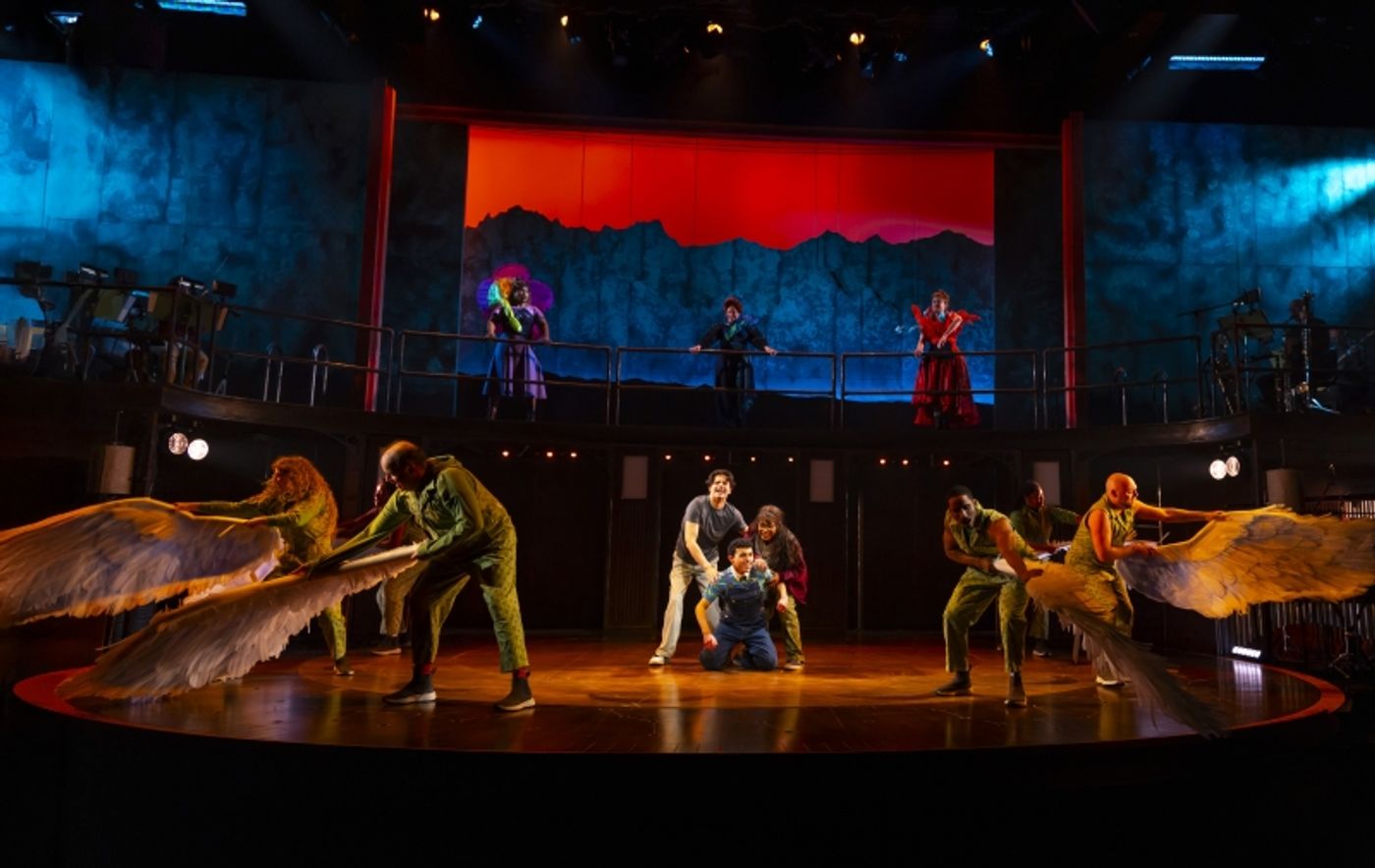
It's a pleasant surprise, then, that A Wrinkle in Time seems to fit so naturally into its new musical home – particularly since other adaptive mediums have received such mixed receptions over the years. While the production certainly has its rough points, overall there’s something harmonious about a musical interpretation of a tale of internal uncertainty and growth, high-stakes conflict, and the personal, emotional center of the battle between good and evil.
Large credit for this goes to the (all-women) creative team – Lee Sunday Evans (Director), Lauren Yee (Book), Heather Christian (Music and Lyrics), and Ani Taj (Choreography) – and the involvement of L’Engle’s granddaughter and estate manager, Charlotte Jones Voiklis. It’s clear that the team understands the heart of the story and ensures that the adaptation hits the emotional beats and remains faithful without feeling like a copy-and-paste exercise. The production includes some more modern references (and quotes, in the case of Mrs. Who) that nod to the ways that connections to the original tale have evolved, and acknowledges the ways we may relate to it in our present moment without doing so too heavy-handedly. There’s a reverence not just for the source material, but for the meaning it holds for readers as well.
However, it is possible that this may come at a slight cost to new audiences, since the action moves fairly quickly with limited exposition once the children’s journey truly begins. Explanations – such as the identities of Mrs. Whatsit, Mrs. Who, and Mrs. Which – are often wrapped into songs, which could be a clever device but the need to move the plot forward as well often leads to the lyrics becoming more muddled than helpful, especially as the situation escalates. While it may be reasonable to assume some familiarity with the original novel for most audiences, it also felt a little disappointing to not explore the magnitude of Mrs. Whatsit’s sacrifice or the evolution of Meg and Charles Wallace’s friendship with Calvin – the latter of which also undermined one of the core relationships in the show. And, while the story and overall sentiment seems fitting for a musical, the songs themselves unfortunately don’t add to the performance as they should, especially for a sung-through musical with more limited dialogue. While a few songs, such as Meg’s “Always On My Guard” and “A Brain Is Not A Heart” are standouts, most of them blend together in a way that often feels forgettable at best. At times, the blending from one song to another paired with lyrics that occasionally feel nonsensical (especially those sung by the Camazotzians) makes it easy to lose the plot a bit, especially since the songs don’t feel noticeably rhythmic or distinct from the rest of the score, which in turn muddles the climax. This is also exacerbated by the score calling for more variance than the small ensemble can reasonably carry – Camazotz is supposed to evoke an uncanny valley feeling from the sense of everyone and everything following IT’s central beat, but too many tracks for an ensemble of eight people means there’s too much variety of movement and even cadence for that unsettling feeling to fully manifest.
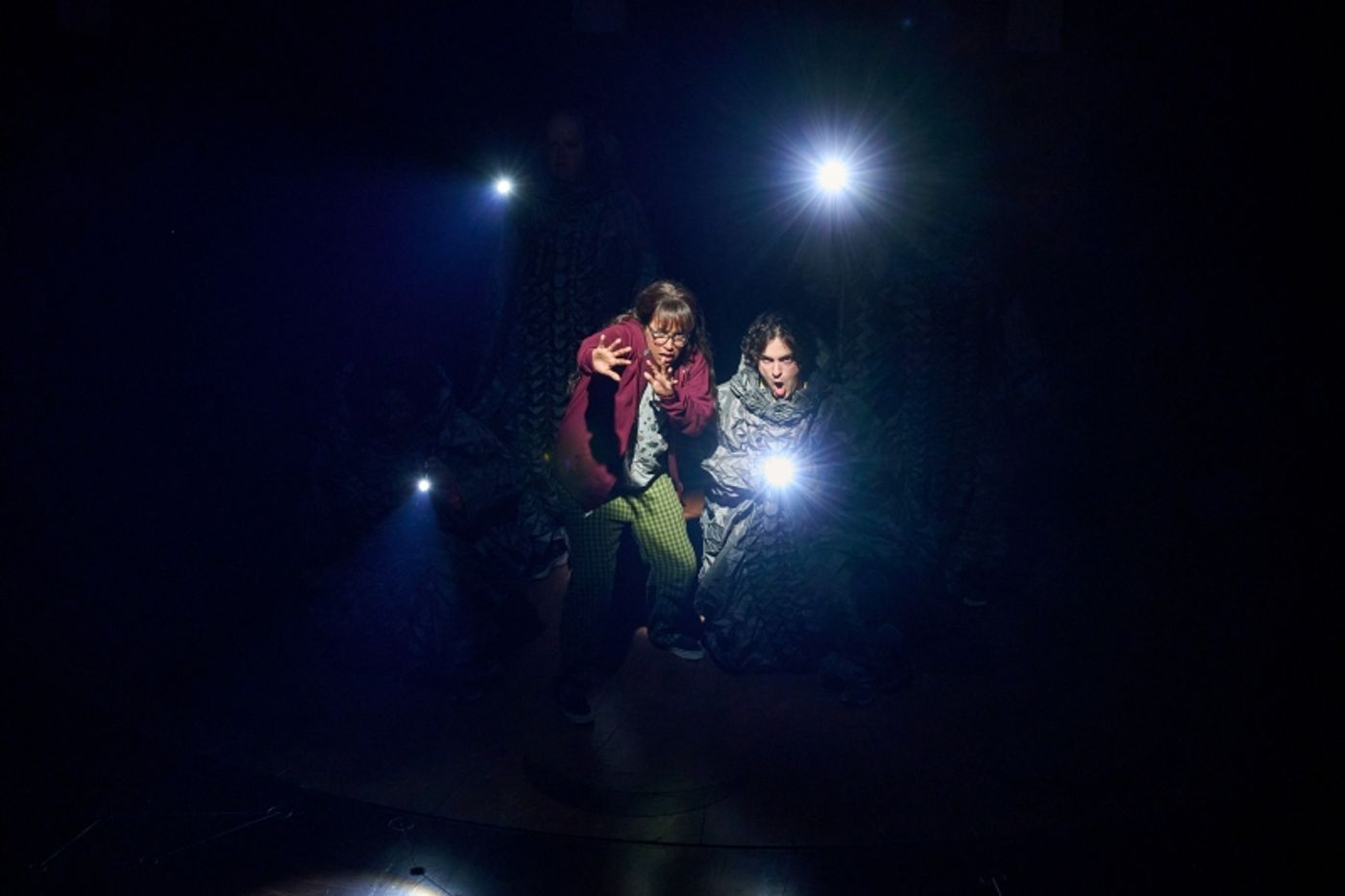
Part of why these shortfalls are so noticeable is that the production has so many elements working in its favor. Evans’ direction is sharp and thoughtful, and there are moments throughout the production where the staging and emotionality makes it feel like Wrinkle was always meant to be experienced as a musical production. The set, designed by dots, is clever and versatile, and, with the help of Jeanette Oi-Suk Yew’s excellent lighting designs, manages to capture the distinct worlds that the trio of children traverse while also neatly and uniquely housing the fantastic orchestra in two tiers on either side of the stage. Sarafina Bush’s costumes are great embodiments of the characters, and Alberto “Albee” Alvarado’s wig and hair designs are gorgeous. James Ortiz brings the otherworldly journey alive with clever puppet designs and puppetry, and Erica Feidelseit and Margaret Warner’s props are delightfully astute.
The true highlight, though, is the incredible cast, which carries this show with all of its flaws and expectations to still be an incredibly entertaining and enjoyable evening. The core ensemble is comprised of a team of powerhouse performers – Leanne Antonio, Michael Di Liberto, Kimberly Dodson, Aidan Joyce, Rebecca Madeira, Gabrielle Rice, Ronald Joe Williams, and Jayke Workman – whose vocal harmonies are nothing short of enchanting. Workman in particular has some captivating moments, and Dodson’s Happy Medium created a fun spot of levity. As Mother, Andrea Jones-Sojola carries the character’s mix of brightness and grief with a beautiful ease, and her voiceover for Aunt Beast brought the creature a level of compassion that made it easy to understand why the characters would trust and love her. Jon Patrick Walker, as Father, floats in and out of memory throughout the first half of the production, and his ability to make the distinction to his present character later in the show while still resembling the man Meg remembers is a delicate and skillful balance.
As Mrs. Which, Vicki Lewis holds a commanding stage presence, bringing the gravitas that the role requires without ever leaning too far into self-serious territory; her balanced portrayal conveys the hope and joy at the core of the production, and helps elevate the sentiment across the rest of the performance. Stacey Sargeant’s Mrs. Who is a bit more lighthearted, seeming to relish in not only conveying knowledge to the trio, but genuinely enjoying their enthusiastic participation, and her depiction of her character’s love of sharing information is positively charming. Amber Gray’s Mrs. Whatsit is as effervescent as the star she once was, and Gray’s captivating opening not only sets the stage, but immediately draws the audience into the beloved story. Collectively, Lewis, Sargeant, and Gray also work together wonderfully, serving as a fantastic matching set to the core trio of children that they mentor.
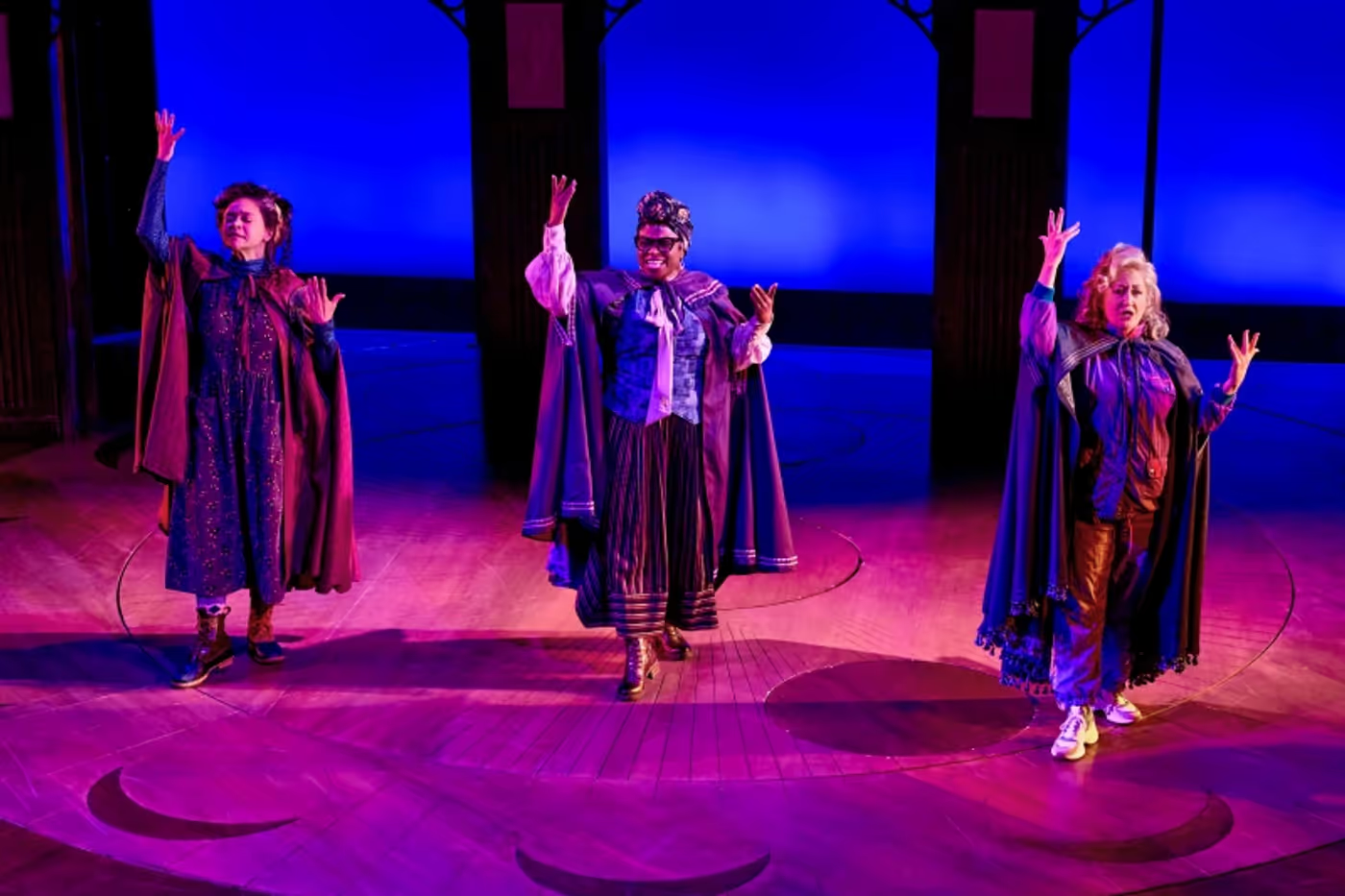
Nicholas Barrón’s Calvin sometimes feels like he’s not given quite enough to do, but Barrón skillfully captures Calvin’s easygoing and open nature and the valuable support he provides to Meg and Charles Wallace. He’s the earnest team cheerleader, and the one who has bolstering faith in the others. As Charles Wallace, Mateo Lizcano navigates the difficult mix of portraying a young child and Charles Wallace’s exceptional maturity, carrying just a hint of the overconfidence that would drive the decisions he makes without ever crossing into arrogance. It's a difficult balancing act, compounded by the need to also portray Charles Wallace under IT’s control as well as his main self, and Lizcano rises to the challenging role with a nuanced and engaging performance.
Amid a cast of incredibly skilled performers, Taylor Iman Jones still manages to be a true standout as Meg. Her vocals carry the mixture of frustration and hope that drives Meg’s arc, and her dry delivery of Meg’s more biting comments is both comedic and relatable. As the central character, Meg’s journey makes the role incredibly demanding, tracing through her grief and confusion over her father’s disappearance, her anger over her treatment by her peers and teachers, her prickliness at Calvin’s offer of friendship, her skepticism warring with fierce hope when she learns of their task, and her determination to rescue her loved ones even in the face of her fears and defeat. And yet, Jones carries each piece of Meg’s multifaceted character with an enthralling grace, drawing the audience in and bringing them along through Meg’s evolution. Relatability to Meg is part of what has made A Wrinkle in Time endure over the decades, and Jones understands that perfectly and comfortably embraces it.
While, like its characters, the musical adaptation of A Wrinkle in Time has its flaws and shortfalls, the production also carries the emotional core of the original tale: hope, joy, and courage. There’s a lot of promise in this initial staging, and, with some growth and improvements to the weaker elements, the show has the potential to live a long life, bringing this beloved story to new and devoted audiences alike while meeting the current moment. There’s power in that, in the ability to raise our spirits and our hopes in a time when sometimes all we need is a reminder to break through the darkness, and A Wrinkle in Time has all of the elements to do just that.
The world premiere of the musical adaptation of A Wrinkle in Time plays at Arena Stage through July 20th. Performance run time is approximately two hours and 45 minutes with one 15-minute intermission. Arena Stage is also hosting a showcase featuring the works of local artists as a companion to this production. Additional information on special performances, talkbacks, and accessibility can be found on the Arena Stage website.
Header Photo: Taylor Iman Jones (Meg) and Jon Patrick Walker (Father) in A Wrinkle in Time at Arena Stage at the Mead Center for American Theater running June 12–July 20, 2025. Photo by T Charles Erickson Photography.
Reader Reviews
Videos
